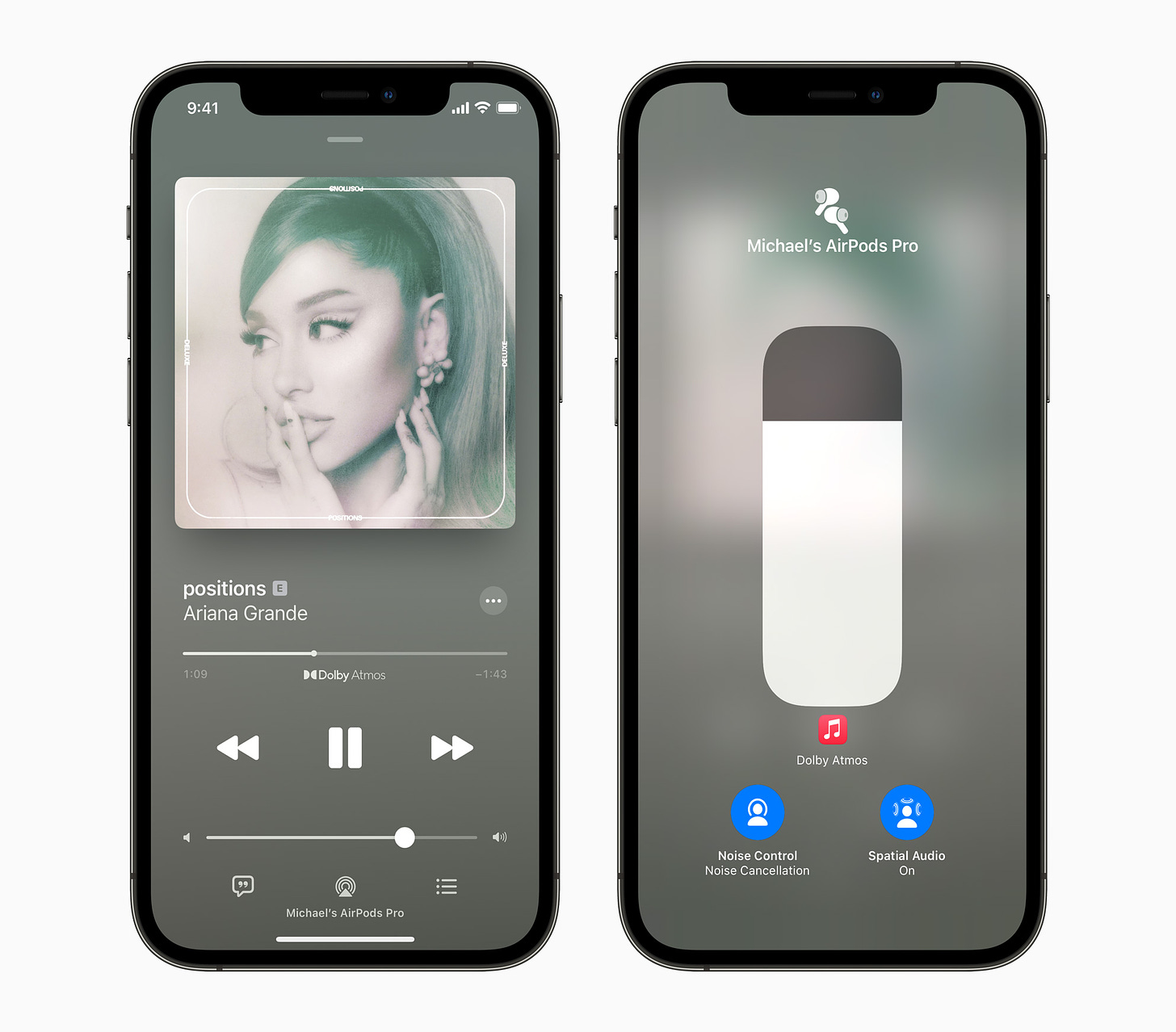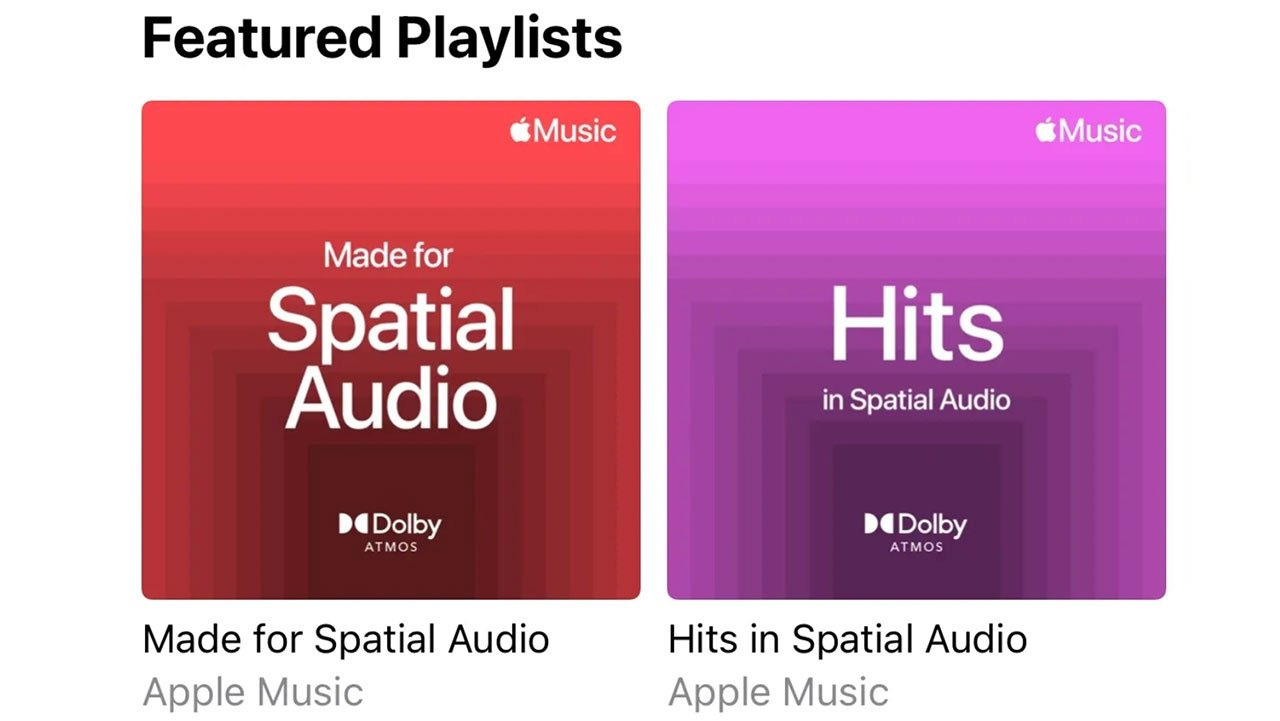It’s being hailed as the biggest advancement since stereo sound exploded in the ‘70s. But what is spatial audio? How does it work? And why should you care? I borrowed a decent pair of headphones to find out if the mega-hype from Apple and audiophiles alike is worth listening to. Honestly, I wasn’t ready to be this impressed. Let’s go…
It is, according to Zane Lowe, “revolutionary”. Apple Music's Kiwi-born creative director calls it “a great leap forward,” “a game changer,” “the beginning of something new,” and, “the future of music”.
“That's not hype,” says Lowe. “There's no going back.”
Woah. These are big words. He has so much more to say here.
So what's Lowe so hyped about? A little thing called ‘spatial audio’. A couple of weeks ago, Apple Music launched the new format for audiophiles with all guns blazing: a full scale press attack with interviews, press conferences and a playlist takeover of the tech giant's popular music service, Apple Music.
Apple's lauding this as the greatest musical advancement since stereo sound became commonplace in the 1970s. Everyone from chart-topping artists to Grammy-winning producers and engineers are backing it. Thousands of songs are already available in Apple Music's catalogue, more are on their way, and some critics say it's finally giving Apple Music the edge over Spotify.
That's a big call. Let's find out if it's worth all that hype…
So what is it? Spatial audio is “Apple's ... biggest advancement ever in sound quality,” according to Oliver Schusser, vice president of Apple Music and Beats. “Listening to a song in Dolby Atmos is like magic. The music comes from all around you and sounds incredible.” Basically, those words mean that music sounds bigger. On a decent set of headphones, which you'll need to invest in to really enjoy the full benefits of spatial audio, it sounds like you're sitting in the middle of a movie theatre experiencing state-of-the-art surround sound. It really is impressive.
How does it work? If you're an Apple Music subscriber, you can already access spatial audio. Click on the ‘browse’ section of the app and you'll find guides, introductions, comparisons and playlists to guide you through the different audio offerings. Thousands of tracks are available right now, more are coming, and Zane Lowe believes it's just a matter of time before artists start making music only in spatial audio. It even manages to make Post Malone sound okay - a hell of an achievement. In comparison, Apple’s competition Spotify is offering a HiFi service to premium subscribers later in the year, a CD-quality, lossless audio format.
So how does it sound? I fully expected this to be a bit of a gimmick, something for audio nerds to rave about while the rest of us shrug our shoulders. I was wrong. Spatial audio is worthy of most of the hype it's received. The problem Apple has is that it's hard to explain an audio advancement like this without giving listeners the experience for themselves. The best way I can describe it is that everything sounds bigger, lighter, and freer. The music seems to hit different parts of my brain. Sometimes, it feels like you're sitting inside of a song as it falls over you. After two weeks, I'm a true convert and don't want to go back to stereo sound.
What should you listen to first? The first song that really sold me was Kanye West's Black Skinhead, a chaotic genre-bender from his best album Yeezus. Previously, it was abrasive. Now, it sounds deeper and cleaner. It hits harder. On well-known pop songs, like Benee's Glitter, Post Malone's Wow, or The Weeknd's Can't Feel My Face, you can hear all their different parts of the track. The drums seem to clatter in one part of the room, the synths beam in from another. It really is like you're hearing those songs for the first time all over again. For pop, electronic and hip-hop music, spatial audio is a massive improvement. I'm less impressed by older, guitar-driven tracks. Weezer's Buddy Holly seems to have lost some of its raw crunch, while Guns 'n' Roses' Sweet Child O' Mine is a little tinny for my tastes.
Are there any downsides? To properly hear spatial audio, you need equipment: an iPhone, an Apple Music subscription, and some AirPods. You can use any brand of decent headphones and you'll hear the difference. And it will also work on your stereo, portable speaker or laptop. Apple recommends you use their AirPods for the best experience, which aren't cheap ($249-$999). There also aren't that many tracks yet available in spatial audio quality. Playlists supplied by Apple are a real scattershot, from recent pop hits by Ariana Grande and Billie Eilish, to The Beatles and Blink 182. Spatial audio with dolby atmos, and lossless quality tracks, can be set up to play whenever they're available under your settings. But if you want to hear Deftones' latest album Ohms in spatial audio, you're out of luck. For now.
Is spatial audio really the sound of future? I tried it out on a couple of unsuspecting guinea pigs. First, I plonked a set of headphones on my wife's head and played her three songs. Without telling her anything, I asked if she noticed a difference. She did. “It's more intimate ... it feels like the music's more nuanced. It's like virtual reality - but for music,” she said. That sounds like a win. Next I tried them out on my son. He also noticed an improvement. “It's better ... more surround sound,” he said, before complaining that his favourite band, Twenty-One Pilots, wasn't available in spatial audio. Sorry bud, but it's surely a matter of time.
So how do you get started? If you've got an iPhone, an Apple Music subscription, and some decent headphones, it's all there waiting for you to try out for yourself. If you're an Android user, Apple says spatial audio's coming for you soon. If you're a Spotify user, you'll have to wait until its HiFi service drops to compare. Whichever service you have, the next music streaming war seems like it will be won or lost over high quality audio. For audiophiles, that's only a good thing.
Need to know more? Here’s a 30-minute interview between Lowe, producer, mixer and engineer Sylvia Massy, producer Manny Marroquin, and one of my favourite rap producers, No I.D. that helps break down what it all means…
Everything else you need to worry about this weekend…
Tyler the Creator’s new album Call Me If You Get Lost is out now and I couldn’t be more psyched. He’s rapping again, for sure, but he’s also bringing all his skills learned across widescreen epics Flower Boy and Igor to the table. I’ll be listening to this all weekend, and I doubt I’ll be bothering with much else…
Fast & Furious 9 has been ruling the box office, but if one movie can muscle it out of the way, it’s going to be In the Heights. Stylistically, they have nearly nothing in common. But everyone loves a good musical, and this is from the guy who made Hamilton a streaming hit last year, so it’s probably going to dog okay…
Netflix has the new Liam Neeson film The Ice Road landing today, but I’m going to be spending my time watching Murder by the Coast, a Spanish true-crime documentary. The 90-minute movie looks at the wrongful imprisonment case of a nanny suspected of murdering a young woman, and what happened next…






The Chinese have been working on audio for years, and their players are much more advanced than Apple. Install qq music, kugou music and enjoy a spatial and surround sound experience. There is no such audio feature in any other music player.